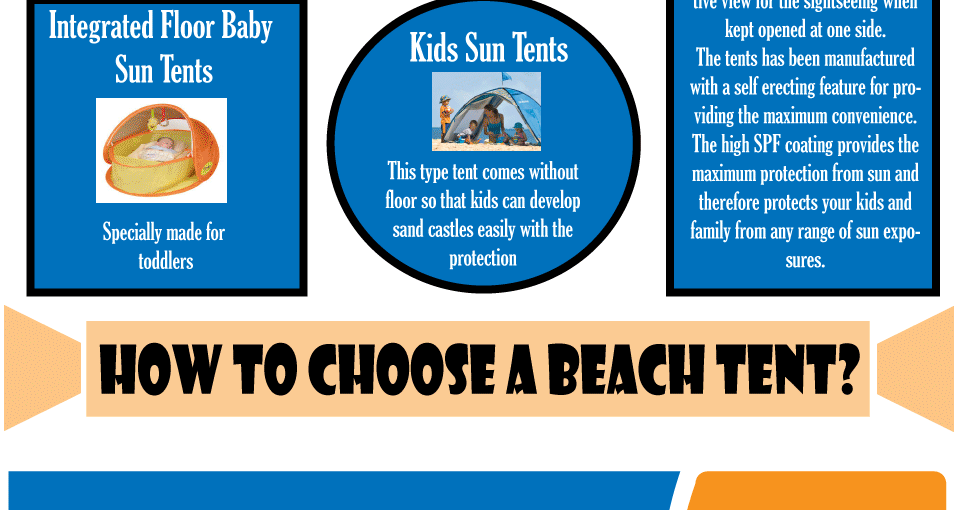A double-wall style that's both breathable and water resistant. They can be more comfy than single-wall camping tents in winter yet can be much less roomy and open up sights less.
Created to stand up to high winds and dropped snow. They might likewise have thicker posts and additional guylines to boost strength.
Whether you're glamping or backpacking, these outdoors tents can take care of a selection of wintertime problems. They're optimal for those seeking a relaxing and warm retreat in the backcountry.
1. Weatherproofing
Numerous tents feature waterproofing that's enhanced by polyurethane coverings and resilient water repellent (DWR) therapies. Ultimately, however, modifications in temperature level and prolonged direct exposure to sunlight can weaken the camping tent's safety coverings. Refreshing these with joint sealer or a DWR therapy can assist shield your camping tent from wetness damages and prolong its helpful life.
When leaving your outdoor tents, put in the time to carefully fold up and fit each shockcorded post area right into location. This will protect against excessive anxiety that can compromise or chip the pole sections and bring about architectural troubles when you established camp.
Furthermore, utilize the Disappear concept when picking campsites. Select places that are free of rocks, yearn cones and other particles that can pierce or abrade the tent flooring and fly. Likewise consider bringing a footprint, which is a custom-cut ground cloth made specifically for your camping tent's floor plan and will certainly secure it from dust, grit, pebbles and various other sharp objects.
2. Air flow
If you are camping in the Everglades' moisture or Death Valley's heat, you require a camping tent with excellent ventilation. Air flow is a crucial consider keeping convenience and getting rid of mold and mold that can make your outdoor tents pointless.
The ventilation system of a four-season outdoor tents is developed to get rid of cozy, damp air and replace it with cooler, drier air. This air exchange minimizes condensation by getting rid of moisture from the air before it can decide on the walls and ceiling of your camping tent.
To ensure your tent has ample air flow, search for breathable materials and flexible vents. Also, boost your outdoor tents a little off the ground to enhance airflow. One more crucial element of an excellent air flow system is making use of a cooktop jack, which provides a risk-free departure factor for your tent's smoke pipeline to avoid carbon monoxide gas poisoning.
3. Livability
While a 4 period camping tent may not be the most effective choice for ultra-light backpackers, it is important for those planning to camp year-round. Purchasing this kind of sanctuary conserves money on different configurations and reduces equipment turn over. It also enables you to explore landscapes at various times of year, opening peaceful off-season experiences and attractive winter season surface.
If you choose a tough and spacious 4 period outdoor tents like the KUIU Storm Celebrity 2 or the Samaya messenger bag 2.0, make sure that it provides sufficient climate protection. This includes a durable frame, strong posts and fabrics created to resist high winds and lost snow. Seek seams that are double-stitched and coatings like water repellent, mold & UV resistance finishes that safeguard your financial investment from the elements.
In addition, choose a double-wall style for the best livingability. Single-wall designs can be water-proof yet have issues with condensation. They can also be as well hot for summertime and not well fit to rainfall.
4. Storage space
Storing your camping tent in a shaded location shields it from the rough UV rays of sunshine. Prolonged direct exposure to these rays can deteriorate and deteriorate the textile gradually, making the outdoor tents much less durable. It's also crucial to routinely check the saved camping tent for signs of dampness and intrusive pests.
Storage space camping tents are commonly easier to use than permanent structures due to the fact that they do not need any type of adjustments to your building. They additionally provide the versatility of moving them around your exterior area to resolve various storage space needs.
4-season tents are made to sustain extreme weather condition. They generally feature stiff structures to stay steady in high winds and thicker wall surfaces to provide warmth against snow and tornado winds. They strike a balance in between crucial functions like climate protection, weight, and interior room to fit your particular journey goals. The NEMO Kunai 2 and Hilleberg Nammatj 2 are both fine examples of 4-season tents that stabilize weather security, weight, and livability.
